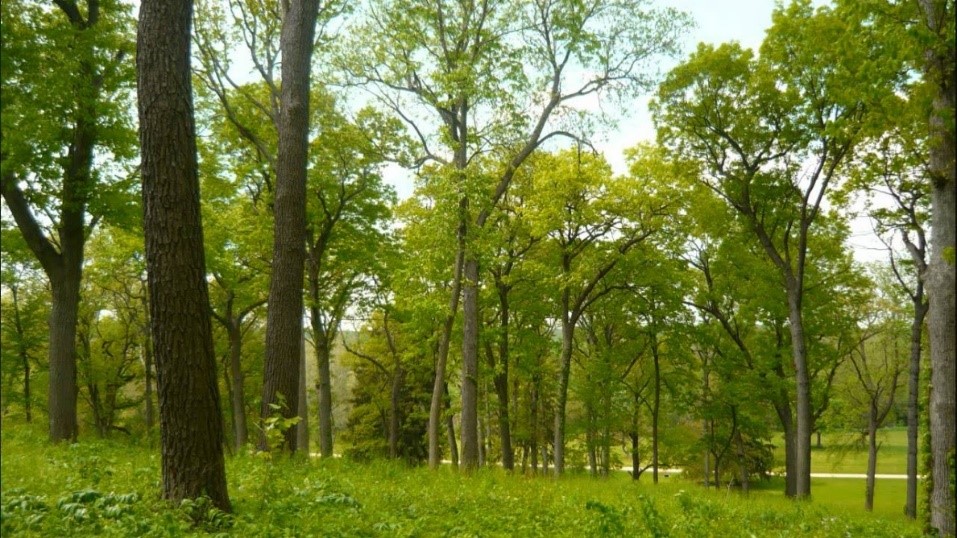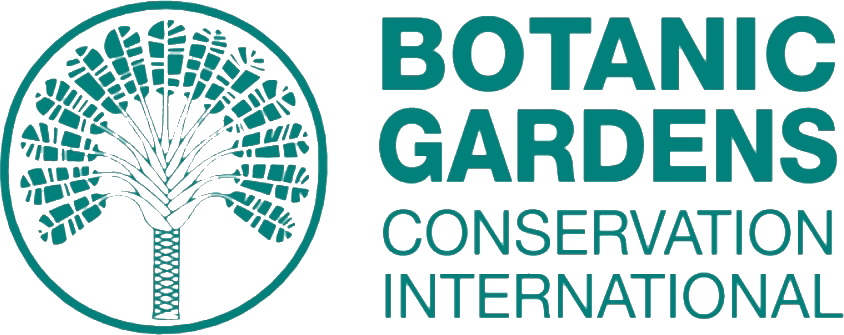Uma introdução aos benefícios das árvores no Morton Arboretum

Prevê-se que, em 2050, cerca de 70 por cento das pessoas no mundo viverão em cidades. À medida que as nossas cidades e áreas suburbanas se desenvolvem e crescem, precisamos de proteger e aumentar o número de árvores onde as pessoas vivem e trabalham. As árvores não só têm muitos benefícios para a saúde e o bem-estar humanos, como também fornecem habitat e alimento para outros organismos e apoiam processos ambientais naturais, incluindo a fixação de carbono durante a fotossíntese e o armazenamento do excesso de carbono como biomassa.

Para saber como instituições como jardins, museus e jardins zoológicos podem ajudar a apoiar estes benefícios - entrevistámos Dr. Jessica Turner-Skoffque é especialista em árvores e líder em comunicação científica no Morton Arboretum. Jessica desenvolveu workshops sobre comunicação científica e ambiente para todas as idades, publicou numerosos trabalhos e artigos científicos e criou um podcast, "Plantado: Encontrar as suas raízes nas carreiras STEM" que apresenta profissionais de plantas para estudantes que querem trabalhar no domínio STEM. Jessica, juntamente com a sua colega Dra. Nicole Cavender, escreveu um artigo científico sobre os benefícios das árvores para as comunidades e cidades.
Quais são alguns dos benefícios da plantação de árvores nas cidades?
A plantação de árvores pode proporcionar benefícios maravilhosos para o ecossistema, incluindo a redução do escoamento das águas pluviais, a diminuição da temperatura nas cidades através da sombra e da evapotranspiração, o armazenamento e sequestro de carbono e a captura da poluição atmosférica através da troca gasosa. Estudos demonstraram que a plantação de árvores nas cidades não só tem impactos ambientais, como também é benéfica para a saúde humana; as árvores estão associadas à melhoria dos sintomas de crianças com ADD e ADHD, à remoção da poluição atmosférica que, por sua vez, reduz os casos de glaucoma, morte e problemas cardíacos, e até ao aumento do desempenho das crianças nas escolas.
O Morton Arboretum é cuidadoso na plantação de árvore direita no lugar certo e dando-lhe o cuidados corretos depois. Os primeiros três anos de cuidados após a plantação de uma árvore são os mais importantes para a rega, a cobertura vegetal e a manutenção posterior. As cidades e as zonas suburbanas podem criar desafios ambientais únicos que diferem de um ambiente mais natural. Estes factores incluem receber quantidades de água demasiado grandes ou demasiado pequenas devido a superfícies impermeáveis, poluição, solos compactos e solos restritos. O ambiente físico agreste das cidades e dos centros suburbanos, associado a um apoio frequentemente mínimo para o cuidado e a manutenção das árvores, pode fazer com que estas tenham um tempo de vida muito mais curto do que as suas congéneres selvagens. Este facto é evidente, uma vez que a meia-vida de uma árvore de rua no centro da cidade é de 10 a 15 anos, o que é uma diferença gritante em relação ao tempo de vida potencial de uma árvore média de décadas ou séculos. Se uma árvore plantada não for cuidada corretamente e morrer enquanto é pequena, pode, na verdade, ser uma fonte de carbono, em vez de um sumidouro de carbono.
Tem alguma recomendação para organizações que queiram plantar árvores para sequestro e armazenamento de carbono, mas que não disponham de uma grande área? Tem uma lista de projectos de reflorestação que as organizações possam apoiar em vez de plantar e apoiar árvores?
Nem todos os sítios são ideais para uma árvore grande e maciça. É essencial compreender as condições do local e pensar no crescimento futuro. Por exemplo, plantar um carvalho grande debaixo de linhas eléctricas ou perto de outras obstruções será prejudicial. O Morton Arboretum criou o Selecionador de Árvores do Norte do Illinois para ajudar a selecionar árvores com base nas caraterísticas do local, como o espaço, a água e a capacidade de crescimento. O seletor também fornece árvores nativas e cultivares como forma de apoiar a diversidade de árvores. Uma copa urbana/suburbana saudável é uma copa urbana/suburbana diversificada. Se uma organização quiser plantar árvores e não tiver uma grande área, recomendamos que entre em contacto com um local jardim botânico, arboreta, iniciativa ou distrito de parque local. Para apoiar a plantação e proteção de árvores na região de Chicago, o Morton Arboretum fundou e trabalha com a Chicago Region Trees Initiative (CRTI), que é uma coligação de mais de 200 organizações que trabalham para uma visão comum de Chicago como a região mais verde, mais habitável e mais resistente da América do Norte. A equipa da CRTI constrói ativamente relações com as comunidades de Chicago, educa as pessoas sobre a importância das árvores, apoia a diversidade das árvores e a remoção de espécies invasoras, e dá formação às pessoas sobre como cuidar das árvores.
Se decidir plantar árvores, pode encontrar alguns recursos e organizações parceiras excelentes em ArbNetA ArbNet é uma rede global de arboretos e inclui um programa de acreditação de arboretos de quatro níveis que reconhece as normas da indústria, liga os arboretos e partilha recursos e melhores práticas. É o único programa de acreditação para jardins centrados em árvores no mundo. O programa começou há 10 anos e é utilizado por centenas de municípios, comunidades de reformados, universidades, cemitérios, jardins botânicos, parques, estâncias turísticas e campus de empresas que foram acreditados. A ArbNet acreditou mais de 470 arboretas localizadas em 35 países diferentes. Cada organização tem de cumprir determinados requisitos, incluindo a disponibilização de um programa de divulgação educacional, uma lista de espécies, uma política de colecções e muito mais.






Comentários recentes